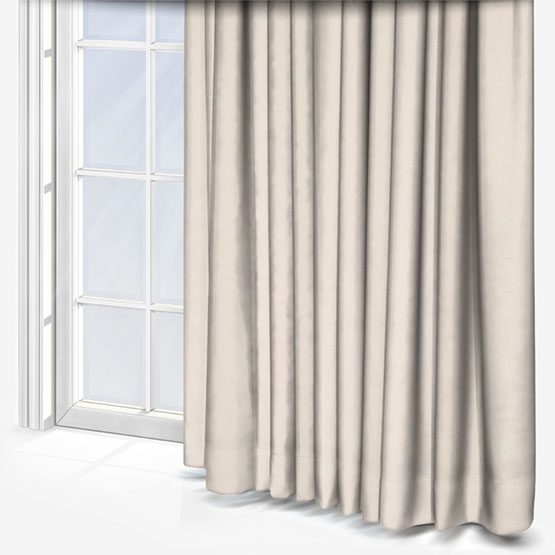How Wide Curtains Should *Technically* Be, and What Looks Best Aren't Always the Same — Here's How to Get the Latter
It’s not just the length of your curtains that you need to be clued up on — the width of these window treatments should be on your radar, too
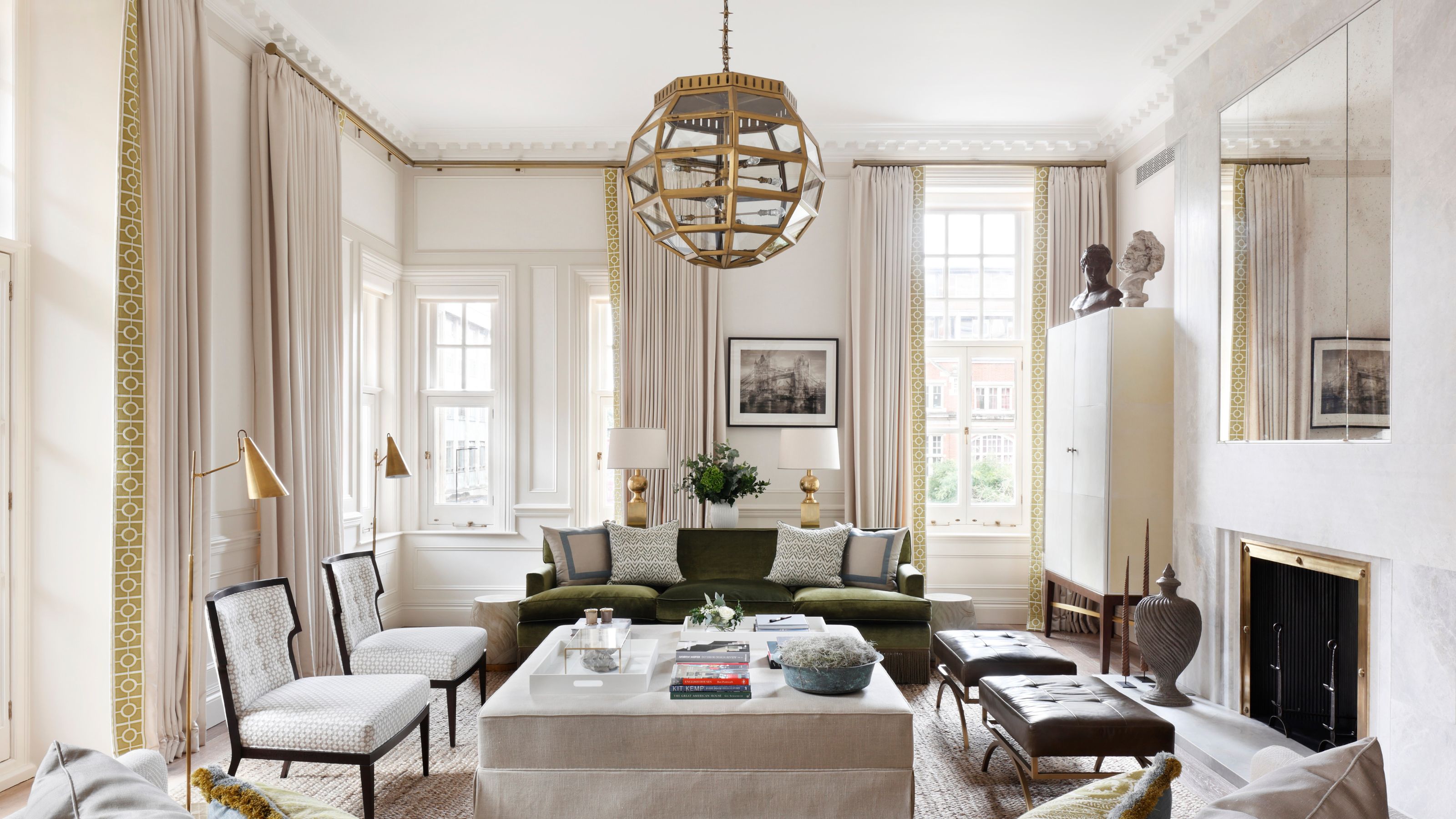
In the interior realm, a lot of thought is often given to how long your curtains should be and whether or not they should touch the floor. But if your intention is to create a stylish finish (and it should be), a question you should also be asking is: how wide should curtains be for a truly luxurious look?
“Curtain width is one of the most overlooked details in window dressing, and yet it has the power to completely transform a space,” says Victoria Robinson, a product manager at curtain brand Hillarys. “Get it wrong, and curtains can look flat or skimpy. But get it right, and they bring instant polish and softness, creating a room that feels thoughtfully layered and beautifully finished.”
There are more than a few mistakes to avoid if you're trying to achieve an upscale aesthetic, no matter where you buy curtains from — and getting the curtain width wrong is one of them. To evade this design faux pas, below, experts share the must-know curtain measurements for a more luxurious vibe.
How Wide Should Curtains Be For a Luxurious Look?
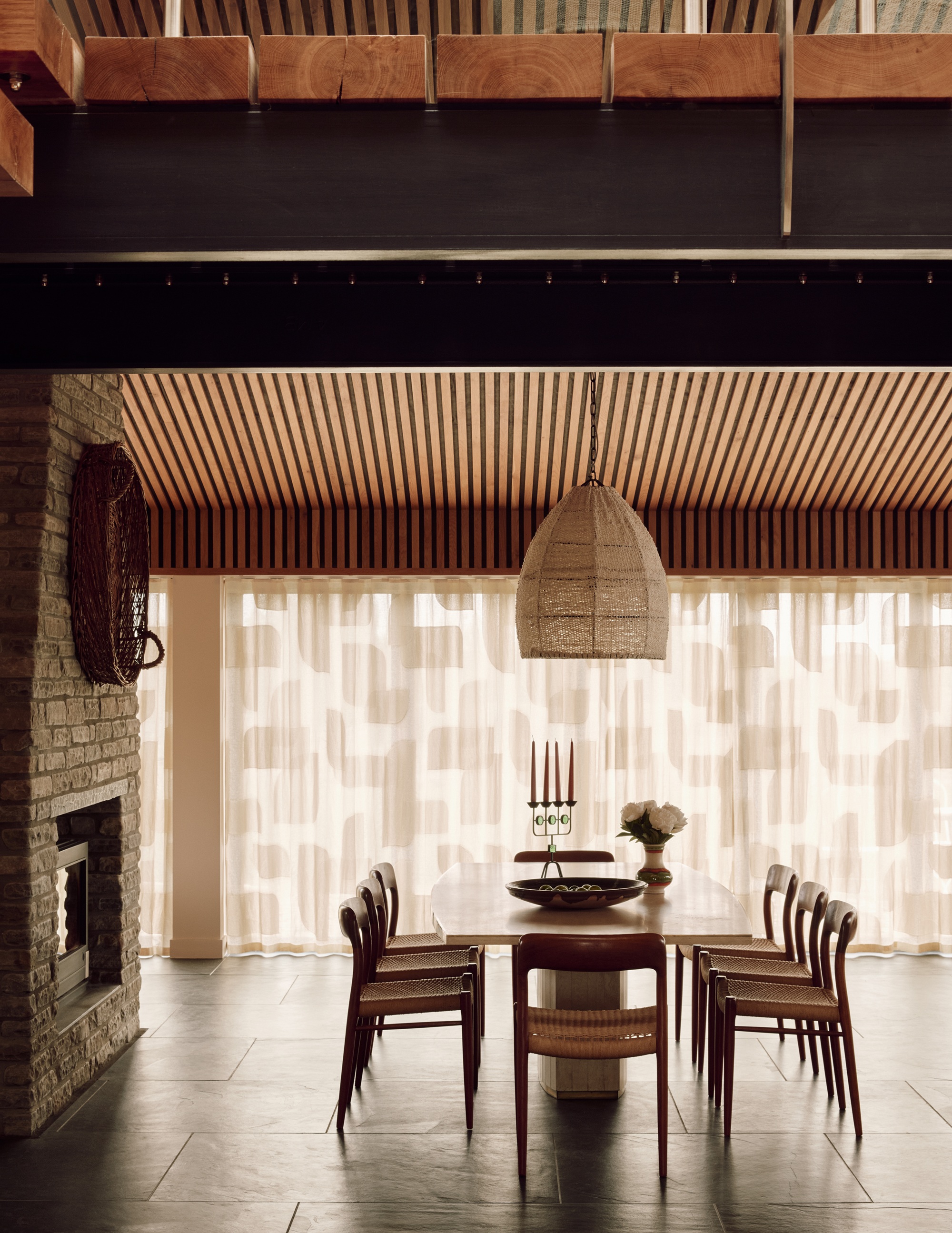
There’s no denying that modern window treatments, like curtains, can enhance the richness of a space. But according to Hillarys' Victoria Robinson, this richness is further enhanced the wider you take your curtains.
But how wide is just right? “Always measure the full width of your curtain pole or track, never just the window, and multiply it by at least two,” she says. “That extra fabric creates those fluid folds that signal design intent.”
Or, if space allows, she suggests multiplying the width by 2.5 for a richer, even more luxurious look. “This can work brilliantly but only if you have the space either side of your window for the curtain stack,” she notes.
Your stack refers to the space on the sides of your windows when your curtains are drawn open. “A good guide is to allow 15–25% of your pole or track width on either side of the window to balance light and framing,” Victoria adds.
The Livingetc newsletters are your inside source for what’s shaping interiors now - and what’s next. Discover trend forecasts, smart style ideas, and curated shopping inspiration that brings design to life. Subscribe today and stay ahead of the curve.
Victoria Robinson has more than 12 years’ experience in the interior design industry, having joined Hillarys in 2013. Victoria specializes in curtains and Roman blinds, and she designed, developed, and launched the brand’s first exclusive designer Roman blind and curtain capsule collection.
In times gone by, most curtains would usually stop at the edges of the glass. But according to Pat Giddens, founder and owner of The Hackney Draper, a carefully considered curtain width helps to: “Frame the window or door in a visually pleasing way, make a room feel cozier, enhance or limit views and complement architectural features, by either drawing attention to them or concealing less attractive features, while maintaining symmetry and balance.”
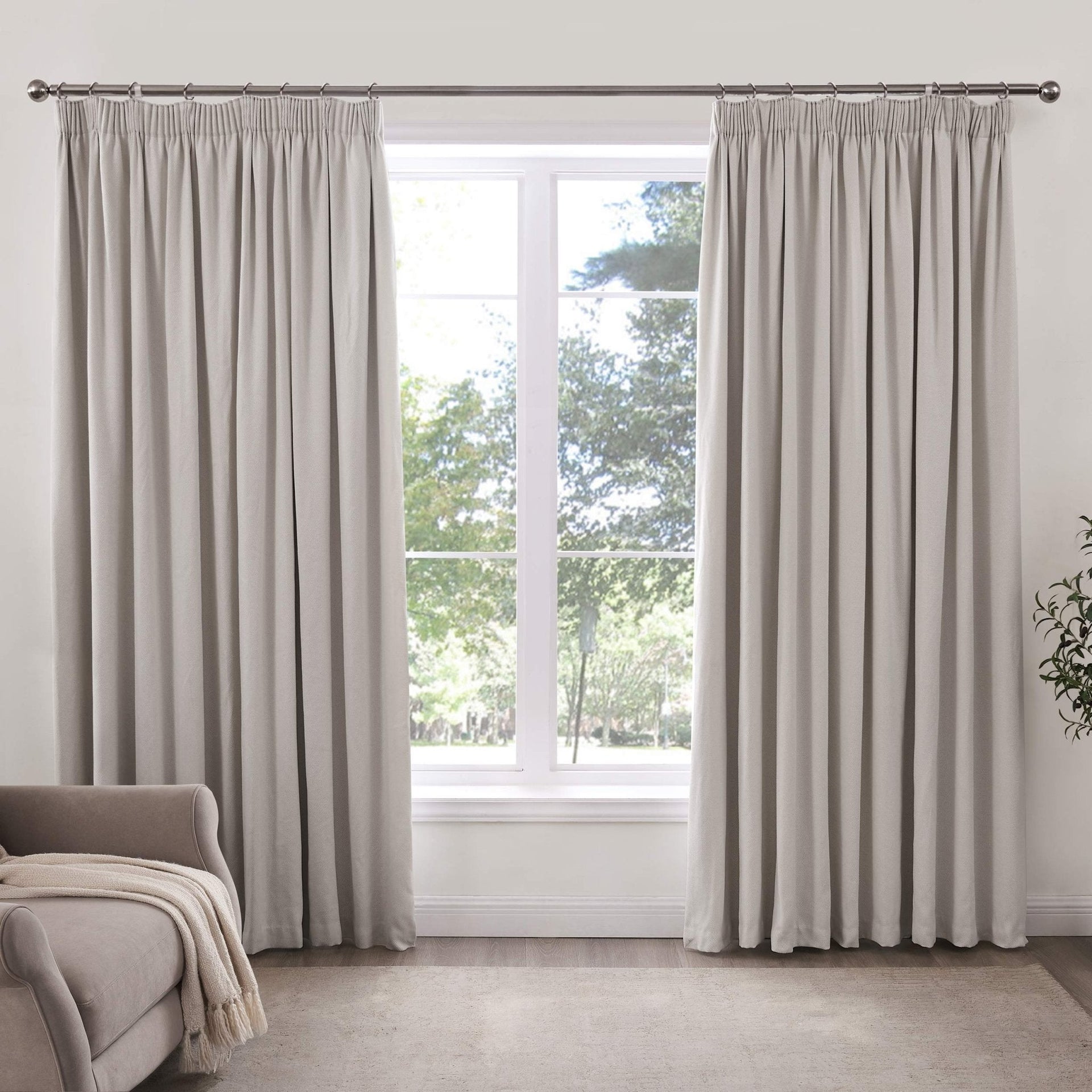
Available in three different widths, these blackout curtains from DUSK provide options to work with, depending on how wide the windows you're dressing are. This is the widest option, at 228 wide x 228 long, but it's also available for 168 wide.
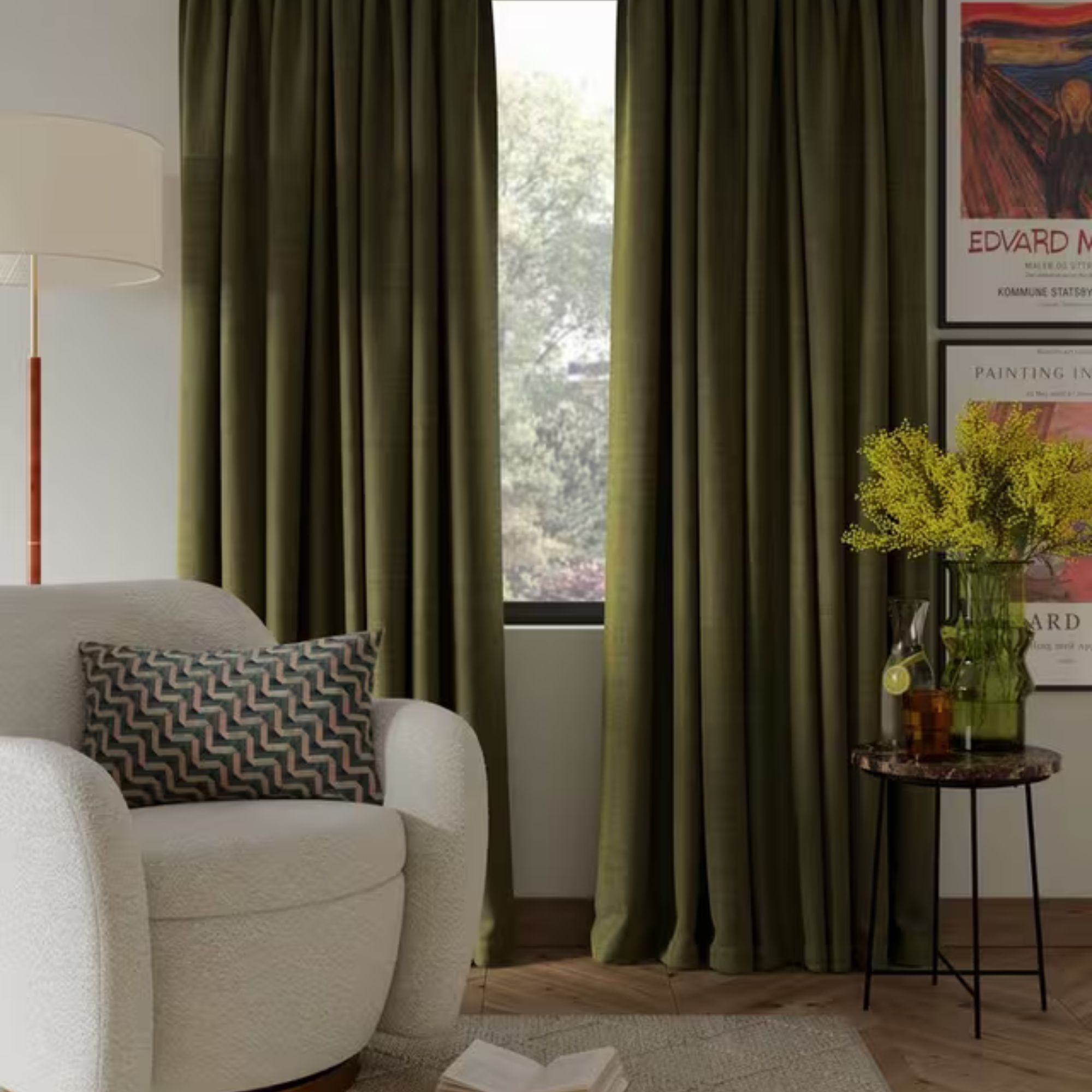
While not made-to-order, John Lewis' curtain range is one of the most customizable on the market — with 20 different colors, and 11 different widths/lengths, so you can be sure to find a size that will look luxurious on your windows.
How Curtain Styles Impact Its Width

From pinch and pencil pleats to ring tops and rod pockets, different styles of curtains are plentiful. But which looks more luxe, and how does it impact width?
“Heading style plays a big role in the finished effect,” Victoria says. “Wave headers give a clean, contemporary silhouette with smooth, uniform ripples. Pinch pleats lean more classic and tailored, while eyelets offer a softer, casual feel. Each adds its own rhythm to the fabric and should complement the room’s style.”
Of course, the style you pick, along with the size of the track or pole they run on, should also be influenced by the shape and dimensions of the window you’re dressing. According to Pat: “The type and placement of a window has a significant effect on how wide your curtains should be, and how they should be installed."
For example, for French doors, Pat recommends extending the track or pole beyond the frame so that curtains can stack fully off the glass, preserving light and functionality. For smaller, more narrow windows, she recommends using curtains that extend beyond the frame, as they can "visually enlarge" the opening.
For curtain ideas for large windows, including tall or arched styles, Pat mentions that mounting the track or pole higher than the window can "accentuate the vertical lines and make the space feel loftier". And when it comes to sliding or bifold doors? “Curtains should stack to the side to maintain access and maximize natural light,” she says.
Pat Giddens is the last of five generations of drapers, after the first Giddens drapery was established by her great-grandfather in 1878. Today, Pat and her team of curtain makers and upholsterers create curtains, blinds, upholstery, and soft furnishings for grand country estates, luxurious ski chalets, small rural cottages, and London flats.
How Curtain Fabrics Impact Its Width

But it’s not just the curtain style, window shape, and design that you need to weigh up when working out what width will look most luxurious. Choosing the best fabrics for curtains is just as crucial.
“Velvet brings richness and drama,” explains Victoria. “Textured or heavy weaves add depth and mood, while lighter linens or linen blends offer an airy, relaxed sophistication.”
“You could also try laying with a sheer voile beneath a curtain to help introduce softness and subtle contrast, especially in rooms where you want to filter, not block, natural light,” she adds. To do so, you’ll need to choose the right curtain track that combines both.
And of course, different fabrics fall in different ways. Lighter fabrics will be easier to gather and won't look as bulky, meaning you can add more width to either side for a more elevated look. For heavier drapes, excess fabric can end up looking too overwhelming and risk drowning your windows, so it's best not to go too wide in your measurements.
As you can see, working out how wide curtains should be to achieve the most luxurious look is more technical than you may think. The silver lining is that when you get the design dimensions right, curtains can redefine your space.
The only other thing to think about is the finishing touches for the curtains. “Hardware, from poles and finials to tiebacks, is just as important,” Victoria adds. “Think of them as the jewellery of the window. They complete the story.”
Becks is a freelance lifestyle writer who works across a number of Future's titles. This includes Real Homes, Top Ten Reviews, Tom's Guide, TechRadar and more. She started her career in print journalism at a local newspaper more than 8 years ago and has since then worked across digital and social media for food, fashion and fitness titles, along with home interior magazines. Her own interior style? She's big on creating mindful spaces in every corner of her home. If it doesn't spark joy or happiness, it has no place here. When she’s not writing, she’s reading and when she’s not reading, she’s writing.
